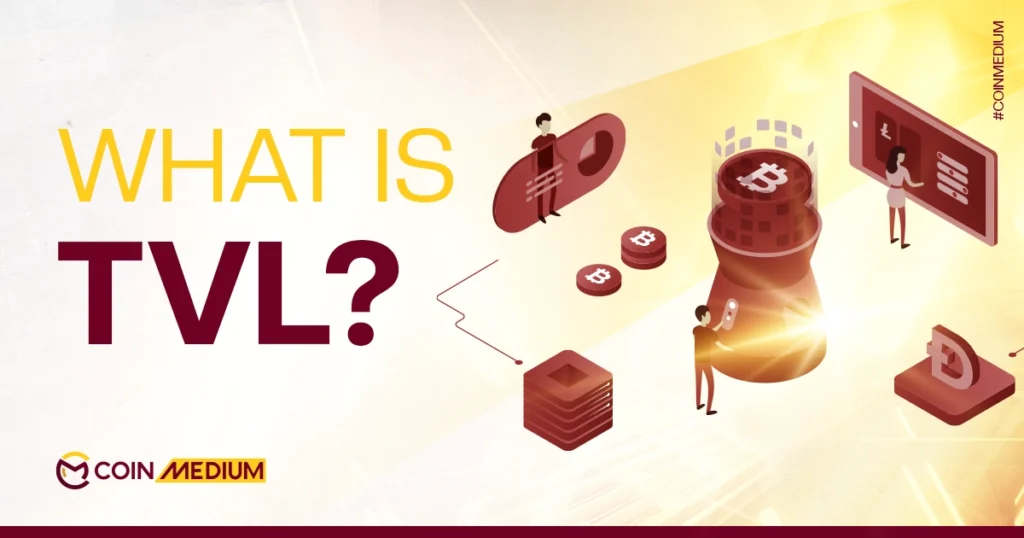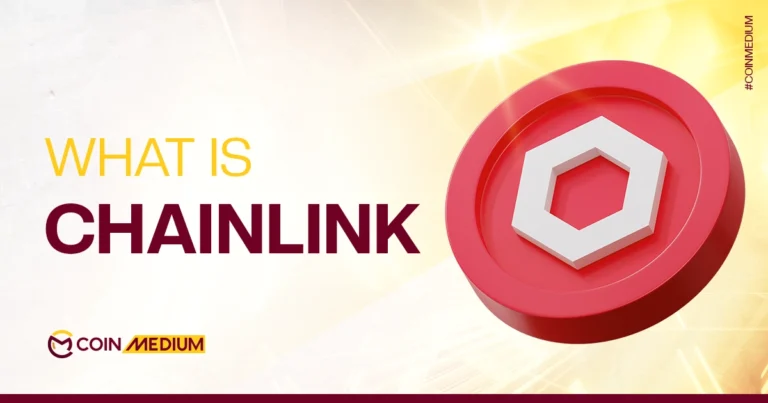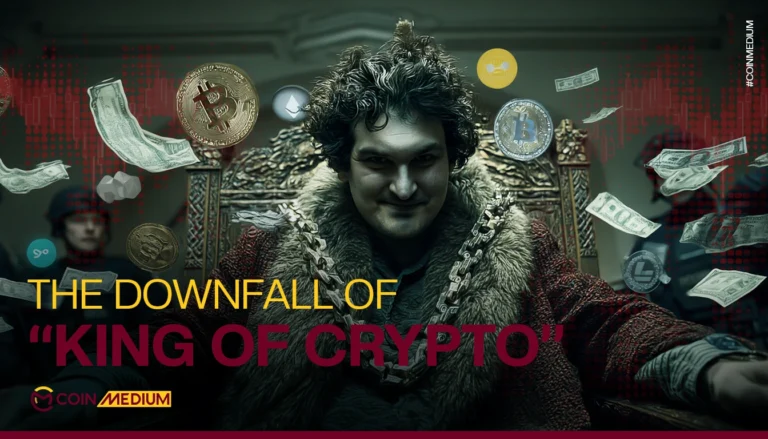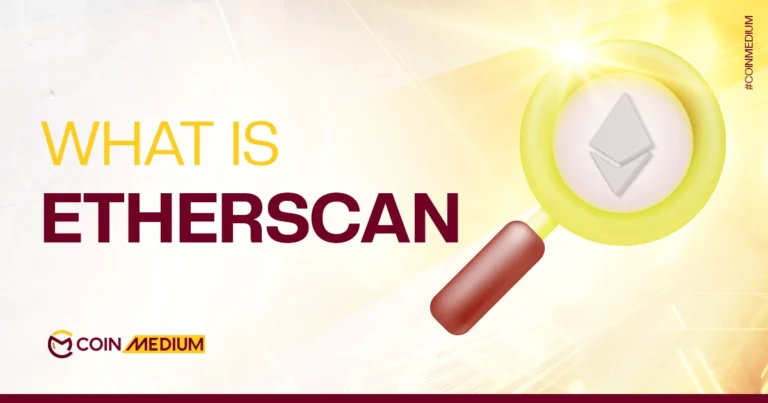- What is TVL
- The importance of knowing how to use it
- The limitation of this indicator
As dapps (decentralized applications) continue to reshape the global financial landscape, one metric has emerged as a key indicator of the sector’s health and growth. It’s the Total Value Locked (TVL).
Whether you’re tracking investor confidence, protocol popularity, or the overall momentum of blockchain ecosystems, TVL has become an essential benchmark for understanding the depth and adoption of dapp platforms. But what exactly does it measure, and why does it matter?
What is Total Value Locked (TVL)?
In the world of dapps, Total Value Locked (TVL) is one of the most important ways to measure how much money is flowing through a protocol.
Simply put, TVL shows the total value of crypto assets that users have deposited or “locked” into a dapp. These assets might be earning interest, being used as collateral for loans, or helping provide liquidity for trading.
In simple terms: Imagine a group of people each putting money into a shared online vault that earns them rewards. If you deposit $1,000 and ten others do the same, the vault now holds $11,000. That amount ($11,000) is the protocol’s TVL. The more money that gets locked in, the higher the TVL, and the more active and trusted the protocol appears to be.
Why is TVL important?
TVL is not limited to one platform. Investors can calculate the TVL for an entire blockchain, like Ethereum or Solana, by adding up the TVLs of all the dapps running on that network. In this way, TVL helps show not just the strength of individual apps, but the popularity and health of the entire blockchain ecosystem.
TVL numbers are usually taken from trusted websites like DeFiLlama, DappRadar, or CoinGecko. These platforms look at the blockchain to track how much money is locked in different DeFi apps, such as Uniswap, Aave, or ShibaSwap. They update the data often, so investors and readers can quickly see which projects are gaining or losing value. This helps people make better decisions based on real-time information.
One important thing to mention is that TVL can change even if no one adds or removes their money. This is because TVL is measured in U.S. dollars, and its value fluctuates with the price of tokens held in the platform.
For example, if a DeFi app holds a lot of ETH and the price of ETH drops, the total TVL will also go down—even though the same amount of ETH is still there. So, TVL doesn’t only depend on user activity; it also changes with market price movements.
While TVL doesn’t tell the whole story, it gives a clear picture of how much crypto is being used, trusted, and invested in across dapp platforms. And in a fast-moving industry, that kind of data is crucial.
How TVL can assist you in your investment decisions
There is no doubt that Total Value Locked (TVL) is an important tool for investors to understand the dapp market. It shows how much money is being used inside a certain protocol, giving a clear idea of how trusted and active it is.
When the TVL is high, it means people are using the platform a lot, which usually shows strong interest and confidence in that project.
But TVL is not the only thing investors should look at. Another helpful ratio is market cap divided by TVL (market cap/TVL). This ratio helps investors know if a cryptocurrency, that is linked to a protocol, is fairly valued. If the market cap is much higher than the TVL, it might mean the coin is overvalued or risky. But if the ratio is close to 1 or lower, it could mean the coin is undervalued or a safer bet. So, checking both TVL and the market cap/TVL ratio can give a better view of a project’s real strength and investment potential.
Does every cryptocurrency have a TVL?
While TVL is a great way to measure the value and trust in many dapp projects, not all cryptocurrencies use it, especially meme coins like Dogecoin, Shiba Inu, or Pepe. Most of these coins are not built to run lending, staking, or trading platforms, so there’s usually no smart contract where people lock up their funds. That’s why their TVL is often zero or not even shown.
Instead of looking at TVL, investors and analysts use different ways to measure the strength or popularity of a meme coin. One of the most common methods is market cap, which is the coin’s price multiplied by the total number of coins in circulation. A high market cap means the coin has attracted a lot of attention and money, but it doesn’t always mean it has real utility or long-term value.
People also look at trading volume, community size, and social media activity to measure a meme coin’s impact. If many people are buying and talking about the coin, it creates hype, which can drive the price up, even if the coin doesn’t do much. In these cases, meme coins are often treated more like short-term bets or internet trends than serious financial tools. So, when investing in such coins, it’s even more important to be careful and understand the risks.
As dapps keep growing, tools like TVL and the market cap/TVL ratio can really help investors make smarter choices. But they’re not the only things that matter. It’s also important to look at who’s behind the project, what the platform is used for, how strong the community is, and what the long-term plan looks like. The crypto world changes fast, so doing your own research is always the safest move. What other signs do you think investors should look at before choosing a cryptocurrency?






